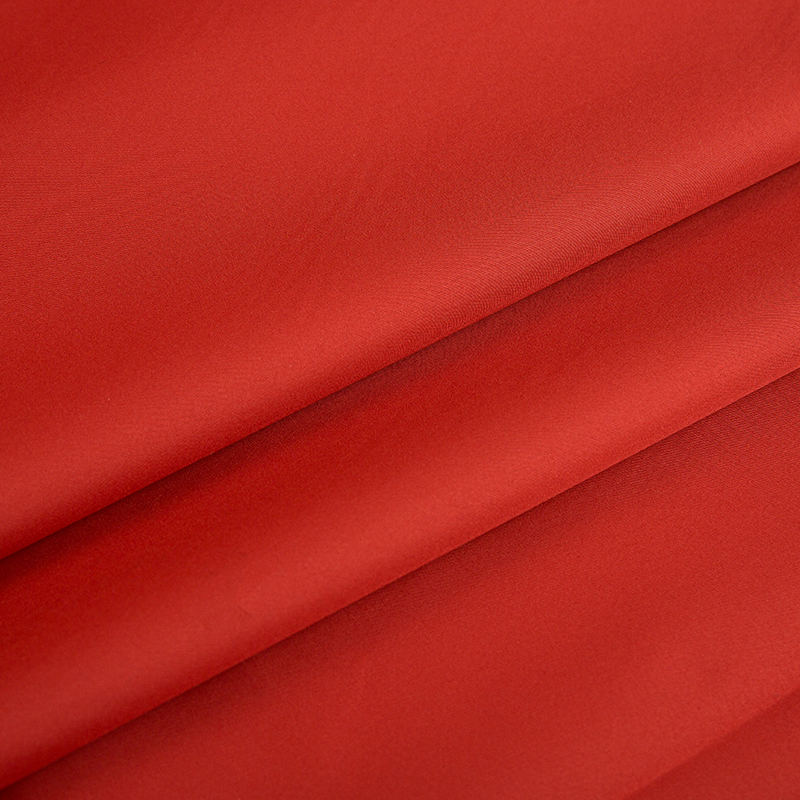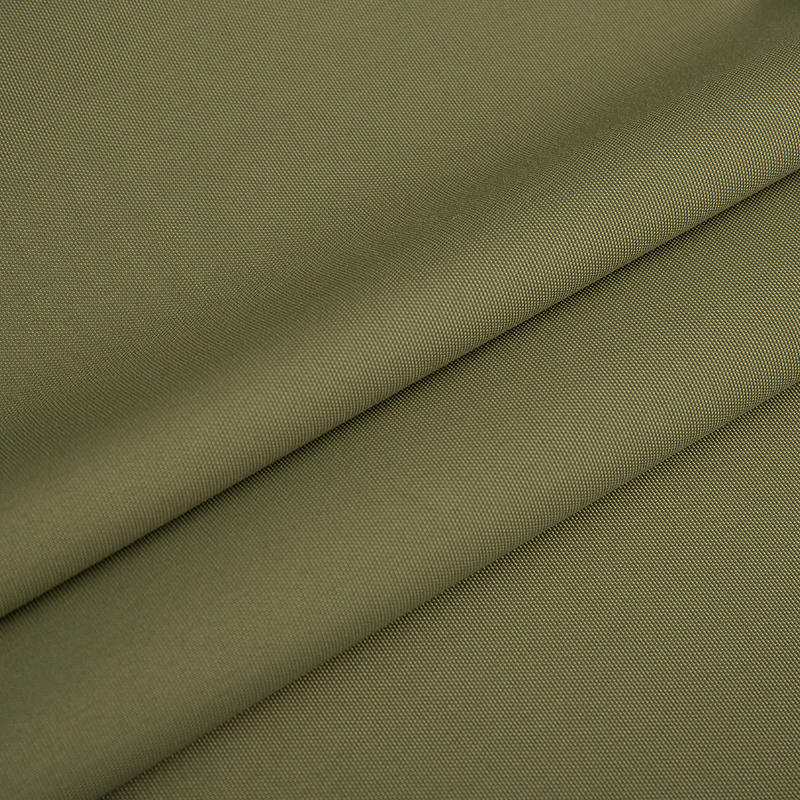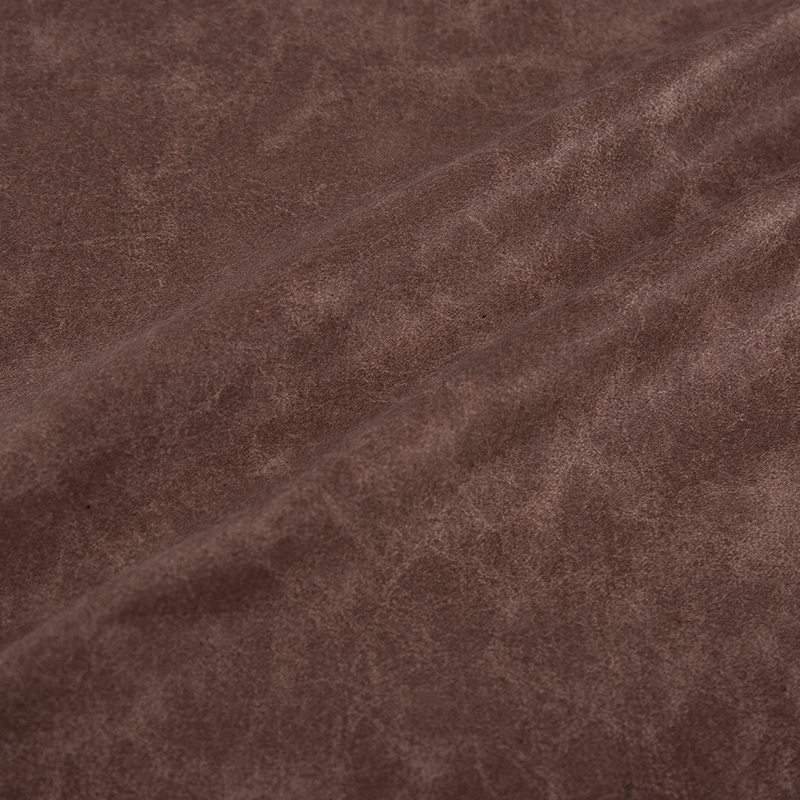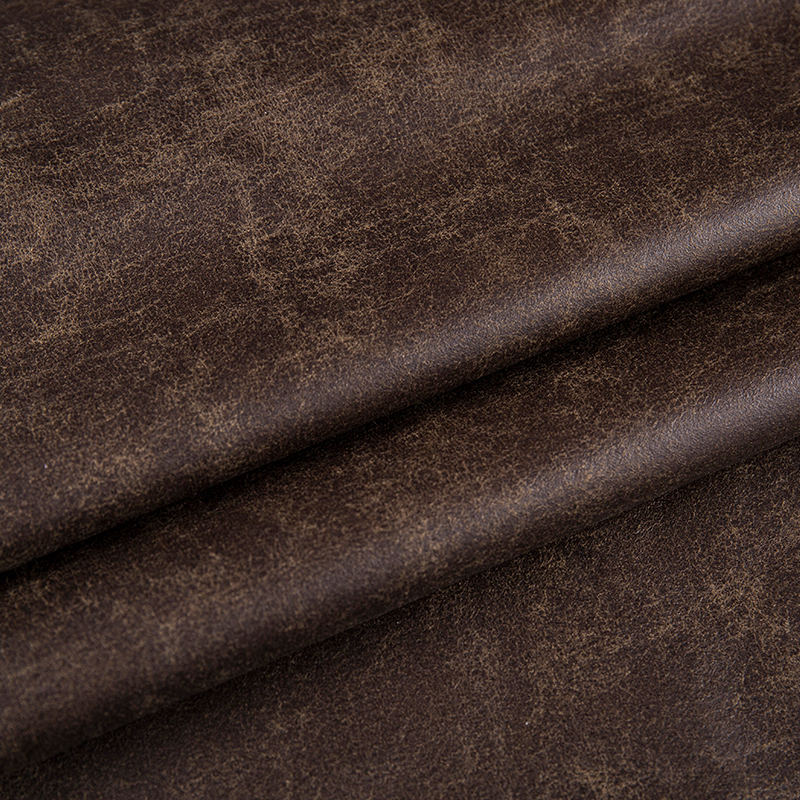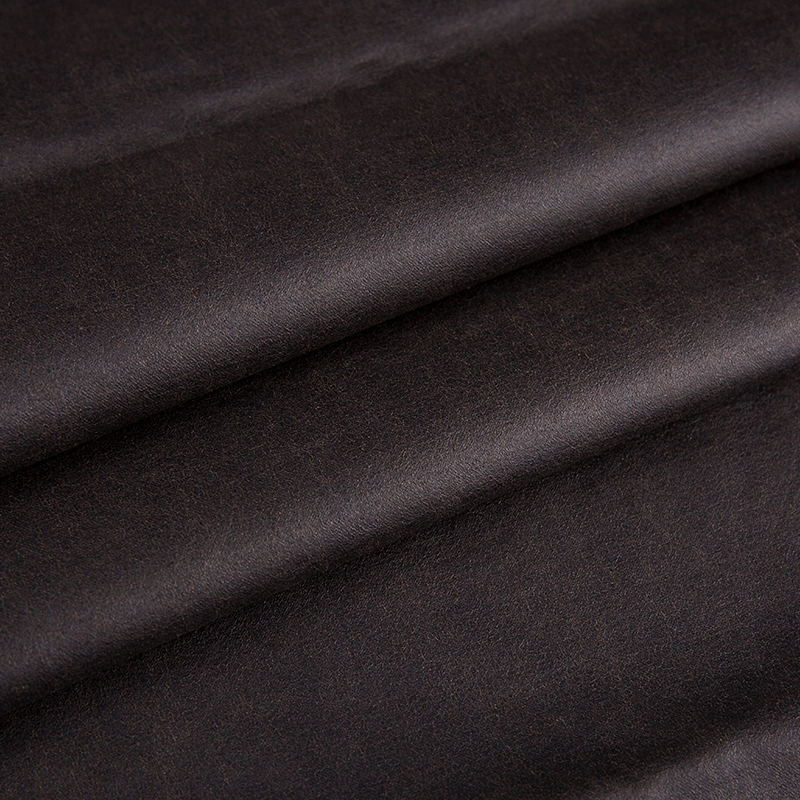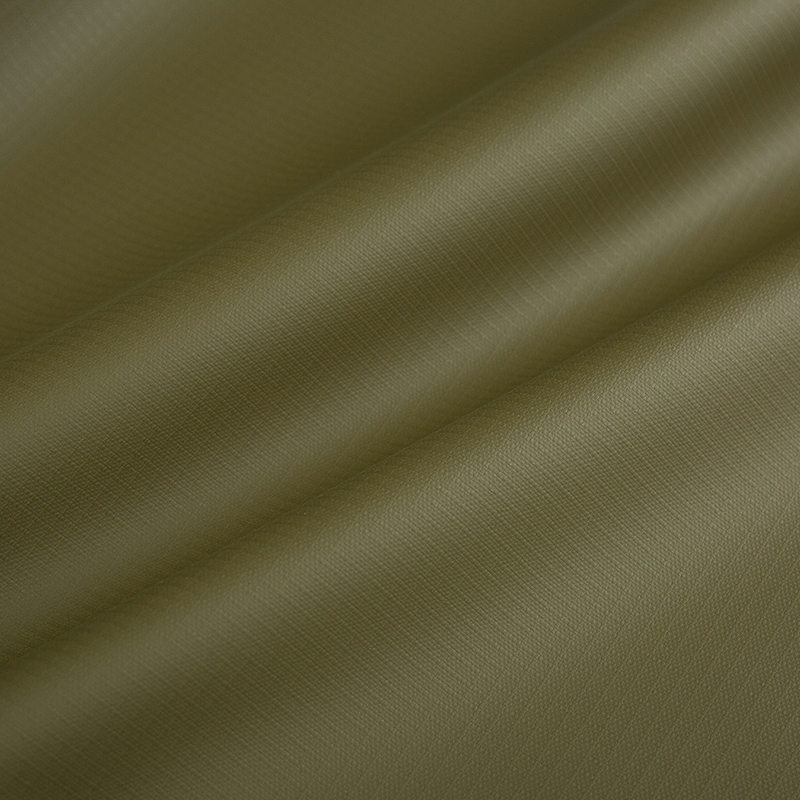In the application field of textile materials, 600D 82T Oxford cloth has successfully broken through the contradiction between strength and flexibility of traditional fabrics with its unique structural design. It neither pursues rigidity at the expense of flexibility, nor simply emphasizes softness and loses protective ability. Instead, it finds a delicate balance between two seemingly conflicting characteristics through precise fiber ratios and weaving processes. This balance is not a simple compromise, but is based on a deep understanding of material properties, so that the fabric can maintain moderate plasticity while meeting high-strength requirements, thus adapting to a variety of usage scenarios.
The structural wisdom of Oxford cloth is first reflected in the selection and combination of its fibers. The denier number of 600D ensures the thickness of a single yarn, giving the fabric sufficient tensile strength and wear resistance, so that it can withstand large external impacts without being easily damaged. However, if only high-denier fibers are relied on, the finished product will often appear too rigid and lose the soft characteristics that a textile material should have. Therefore, the warp and weft density of 82T plays a key role here - it precisely controls the interlacing frequency of the yarns, so that the fabric can be tightly arranged while retaining a tiny pore structure. These pores not only prevent the fabric from being over-hardened, but also give it a certain degree of breathability, thus achieving a harmonious unity between protection and comfort.
The subtlety of this structural design lies in that it does not simply pursue the extreme of a certain indicator, but achieves a synergistic improvement in performance through overall optimization. For example, in the production of outdoor equipment or luggage, the material needs to resist external forces such as friction and tearing, and also needs to have a certain deformation ability to adapt to the dynamic use environment. The high-density weaving method of 600D 82T Oxford cloth forms a uniform support network on its surface, which can disperse local stress and prevent the spread of damage; and the moderate yarn gap allows the fabric to produce a small elastic deformation when it is stressed, avoiding brittle fracture due to complete rigidity. This dynamic balance makes the material less prone to fatigue in long-term use and maintains stable physical properties.
In addition, the structural wisdom of Oxford cloth is also reflected in its adaptability to the external environment. Traditional waterproof fabrics often achieve their protective function through coating or lamination processes, but this method can easily lead to hardening of the hand feel and even cracks due to long-term bending. 600D 82T Oxford cloth, on the other hand, has a certain degree of water repellency through its own weaving structure without relying on additional chemical treatment. Its tight warp and weft interweaving makes it difficult for liquids to penetrate quickly, while the moderate porosity avoids the stuffiness caused by complete closure. This self-sufficient protection mechanism not only improves the durability of the product, but also reduces the risk of material degradation caused by additional processes.
Going further, this structural design also gives 600D 82T Oxford cloth excellent processing adaptability. During the cutting, sewing and forming process, fabrics that are too stiff are prone to stress concentration at the seams, while materials that are too soft may affect the stiffness of the finished product due to insufficient support. Oxford cloth just finds a moderate balance between the two - it can maintain a stable cutting edge and follow the penetration of the machine needle during sewing, reducing the probability of skipping or breaking the thread. This property makes it an ideal choice for products that require complex three-dimensional molding, such as luggage and outdoor equipment.
From a deeper material science perspective, the structural wisdom of 600D 82T Oxford cloth reflects the pursuit of "functional synergy" rather than "performance stacking". Many high-performance fabrics try to improve performance by compounding multiple layers of materials or adding special additives, but this approach is often accompanied by problems such as increased weight, deteriorated feel, or decreased environmental tolerance. Oxford cloth returns to the essence of textiles, and only through the precise regulation of yarn specifications and weaving processes, it achieves the organic unity of multiple properties. This design philosophy not only reduces production costs, but also ensures the performance consistency of the material over its service life.



